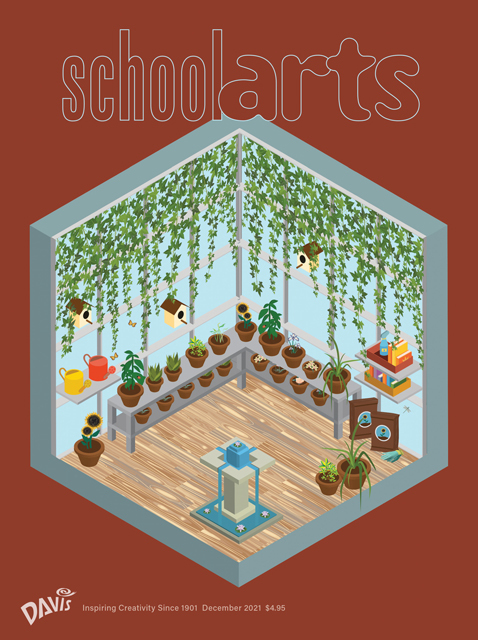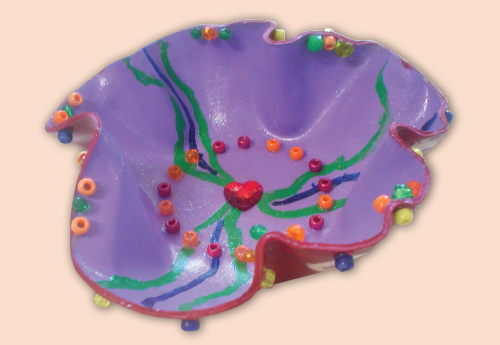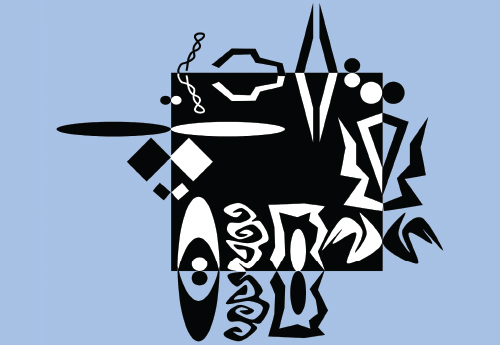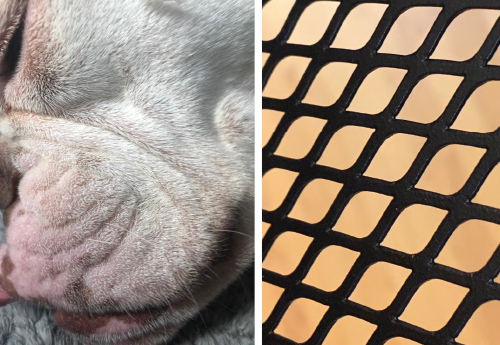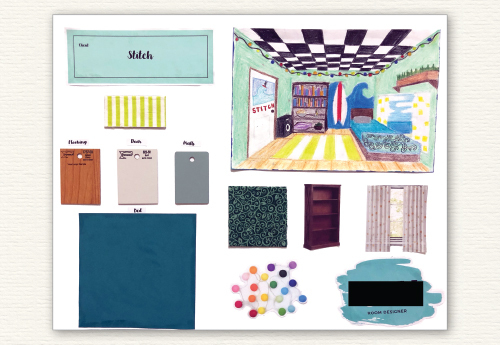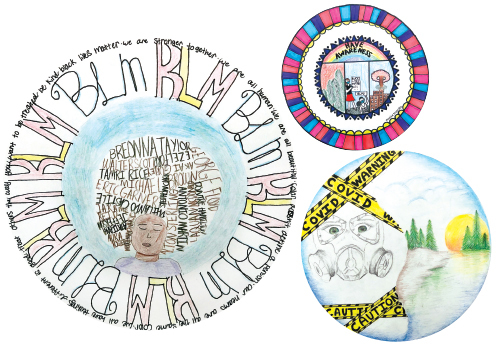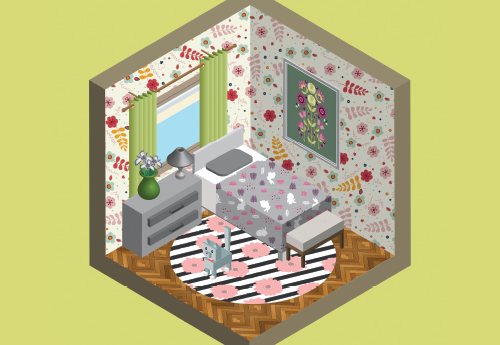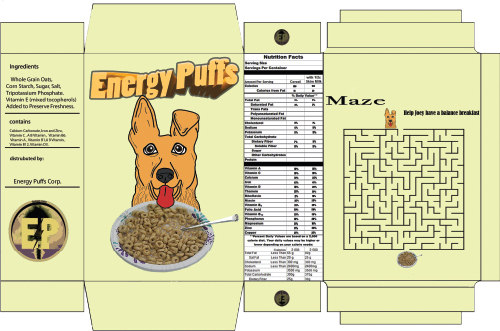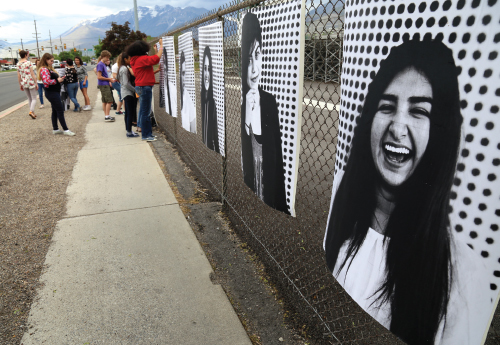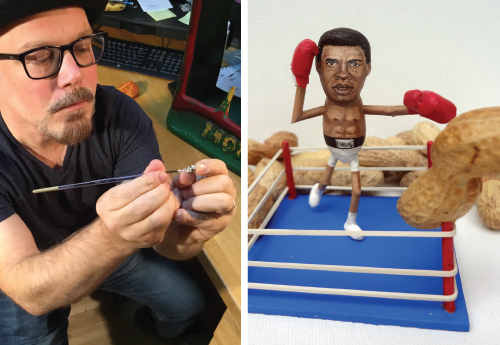
Editor's Letter: Design
As an art educator, you are likely to be more consciously aware of design in your environment than the general public. Design is a word that is bantered around quite a bit in art education, but its meaning depends on the context, on whether it is used as a noun or a verb. One of the best broad definitions I have found for design is from Shakuro, a digital design agency: ‘Design is picturing things using the imagination.’ How can your students create good designs sparked by imagination?
Read Article
